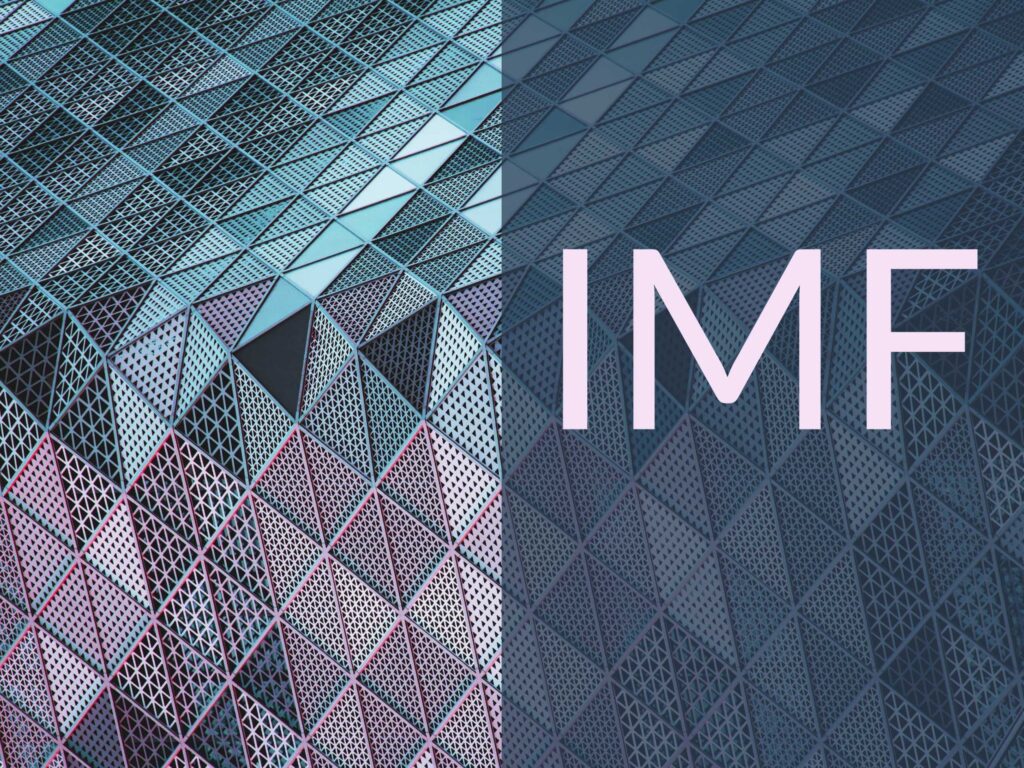How the International Monetary Fund, the world’s economic firefighter, works for global monetary cooperation and prosperity while using its own made-up currency, the SDR.

Topics covered include:
- What was the Bretton Woods monetary system that led to the formation of the IMF and the World Bank
- How the World Bank and IMF differ
- What does the IMF do
- How the IMF creates its own money out of thin air
- Why does Argentina, the IMF’s largest borrower, keep defaulting on its debt obligation including those to the IMF
- Why the IMF’s negotiating tactics are controversial
Show Notes
Creation of the Bretton Woods System, July 1944—Federal Reserve History
Sterling devalued and the IMF loan—Cabinet Papers, The National Archive
Total IMF Credit Outstanding, Movement From November 01, 2022 to November 07, 2022—IMF
Why you can’t technically default on the IMF by Izabella Kaminska—Financial Times
The IMF cannot solve Argentina’s dysfunction—The Economist
Episode Sponsors
Aura, the new standard in digital safety
Related Episodes
233: Is An Emerging Markets Crisis Imminent?
322: Why Currency Exchange Rates Matter?
Transcript
Welcome to Money For the Rest of Us. This is a personal finance show on money, how it works, how to invest it, and how to live without worrying about it. I’m your host, David Stein. Today’s episode, 409. It’s titled, “What Is the IMF, and Why Is It Controversial?”
Bretton Woods Conference
In July 1944, 730 delegates from 44 nations met at the Mount Washington Hotel in Bretton Woods, New Hampshire for the United Nations Monetary and Financial Conference. Their goal was to establish a new monetary system, one that could tap into some of the lessons from the gold standard, where currencies were backed by gold.
That system fell apart after World War One, but at times, countries did back the currency with gold, sometimes they didn’t. Sometimes they would devalue their currencies to make them more competitive, or to make their exports more competitive. They would put up barriers or tariffs, protection to protect their economies from foreign trade.
The idea was to make a system that fostered more stability in exchange rates, and more cooperation, more globalization. The primary designers of this system were John Maynard Keynes, who was an adviser to the British Treasury, and Harry Dexter White, the chief international economist at the US Treasury Department. There were two years of preparation for this conference; a lot of discussions and potential agreements.
The conference itself was held from July 1st to 22nd 1944, and they came to an agreement. And as part of that, they established two new organizations: the International Bank for Reconstruction and Development, which later became part of the World Bank, and the International Monetary Fund. According to the World Bank, here’s what they do: The World Bank Group works with developing countries to reduce poverty and increased shared prosperity, while the International Monetary Fund serves to stabilize the international monetary system, and acts as a monitor of the world’s currencies.
Gold Standard
The Bretton Woods monetary system lasted from 1945 until 1971. Countries agreed to keep their exchange rates pegged to the US dollar, and the US agreed to keep the US dollar pegged to gold.
Countries could only adjust their exchange rate relative to the dollar if there was some type of fundamental disequilibrium, and only with the agreement of the International Monetary Fund. The IMF had a great deal of power in policing this Bretton Woods currency exchange system.
In August 1971, US President Richard Nixon announced what he called at the time temporary suspension of the dollar’s convertibility into gold. Under the Bretton Woods system, central banks from other nations could take dollars and exchange them for gold at the US Federal Reserve’s gold window. That system started to break down because the value of gold—it was upward price pressure because there were more and more dollars being created relative to the supply of gold.
The system collapsed finally in 1973. Most major currencies began to float the exchange rates relative to each other. Members of the International Monetary Fund—and there are now 190 countries that are members of the IMF—they can allow their currencies to float freely relative to other countries. They can peg it to another currency or a basket of currencies; they just aren’t allowed to peg it to gold directly anymore.
As a Money For the Rest of Us Plus member, you are able to listen to the podcast in an ad-free format and have access to the written transcript for each week’s episode. For listeners with hearing or other impairments that would like access to transcripts please send an email to jd@moneyfortherestofus.com Learn More About Plus Membership »
